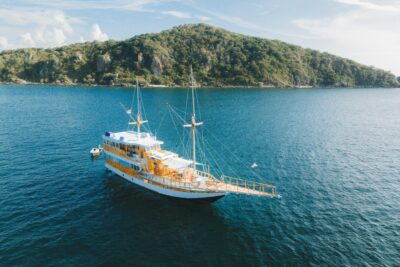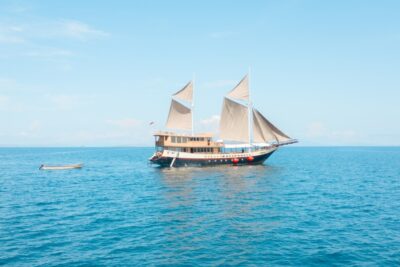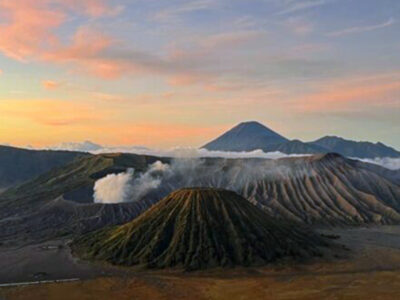Raja Ampat

Raja Ampat is a group of islands located in West Papua province, Indonesia. It is considered one of the best diving spots in the world due to its rich marine biodiversity and stunning coral reefs. Raja Ampat consists of four main islands and over 1,500 smaller islands, covering an area of approximately 40,000 square kilometers.
Access to Raja Ampat is primarily by boat or plane, with most visitors arriving in Sorong, the nearest city on the mainland. The islands are relatively remote and have limited infrastructure, with most accommodations ranging from simple guesthouses to eco-resorts.
| Languages spoken | Bahasa Indonesia |
|---|---|
| Currency used | Rupiah |
| Area (km2) | 40,000 |
Sports & nature
The waters surrounding Raja Ampat are home to over 1,500 species of fish, 600 species of coral, and many other marine species, such as whales, dolphins, and sea turtles. The area is protected by several marine conservation areas and has become a popular destination for diving enthusiasts and nature lovers. In addition to diving and snorkeling, visitors to Raja Ampat can also enjoy other activities such as kayaking, island hopping, and bird watching. The islands are home to a diverse range of flora and fauna, including various bird species such as the colorful Wilson's bird-of-paradise.
Culture and history info
Raja Ampat is known for its unique culture and traditions with many local communities still practicing their traditional way of life. Visitors can learn about the local culture by visiting traditional villages, attending cultural events and trying local food. Raja Ampat is an archipelago located off the northwest tip of the island of New Guinea, in Indonesia's West Papua province. It is renowned for its unparalleled marine biodiversity, pristine coral reefs, and stunning natural beauty, making it a bucket-list destination for scuba divers, snorkelers, and nature enthusiasts from around the world.
Culture:
The culture of Raja Ampat is as rich and diverse as its marine life. The archipelago is home to several indigenous communities, including the Papuan tribes of the Misool, Salawati, and Batanta islands, as well as the smaller islands of Waigeo and Gam. These communities have preserved their traditional way of life, which revolves around fishing, farming, and craftsmanship.
The indigenous people of Raja Ampat have a deep connection to the land and sea, with traditional beliefs and customs centered on their natural environment. Rituals such as the "sasi" system, which regulates fishing practices to ensure sustainability, and the "pasola" festival, a traditional spear-throwing competition, are integral parts of their cultural heritage.
Visitors to Raja Ampat have the opportunity to experience the rich cultural traditions of the indigenous communities through cultural performances, village visits, and homestay experiences. Engaging with local artisans, learning about traditional fishing techniques, and participating in community-led conservation initiatives are also ways to support and learn from the local culture.
History:
The history of Raja Ampat is closely tied to its geographic location and natural resources. The archipelago has long been inhabited by indigenous Papuan tribes, whose ancestors settled in the region thousands of years ago. These tribes have a deep connection to the land and sea, relying on fishing, hunting, and agriculture for their livelihoods.
During the colonial period, Raja Ampat came under Dutch colonial rule, and the Dutch East India Company (VOC) established trading posts and forts in the region. The Dutch influence can still be seen today in some aspects of local architecture and governance.
In recent decades, Raja Ampat has gained international recognition as one of the world's premier scuba diving destinations, attracting tourists and conservationists alike. Efforts to protect the archipelago's marine biodiversity have led to the establishment of marine protected areas and sustainable tourism initiatives, ensuring that future generations can continue to enjoy the natural beauty of Raja Ampat.
Today, Raja Ampat remains a paradise for nature lovers, with its breathtaking landscapes, vibrant coral reefs, and rich cultural heritage. Whether you're exploring underwater wonders, trekking through lush rainforests, or immersing yourself in local culture, Raja Ampat offers an unforgettable adventure unlike any other.
Unfortunately no accommodations were found.
Unfortunately no cruises were found.
Unfortunately no car rentals were found.













